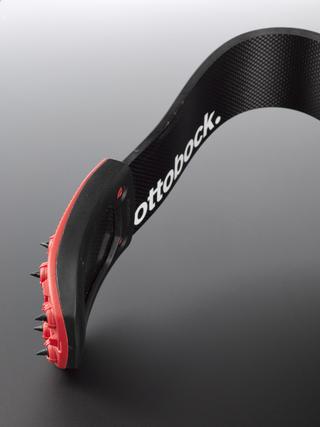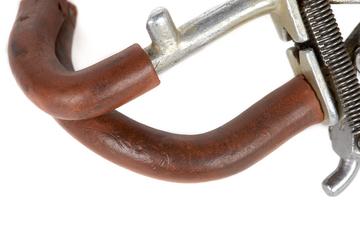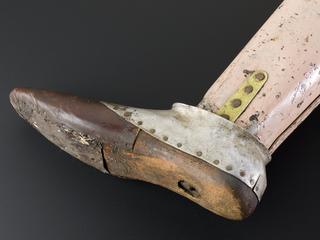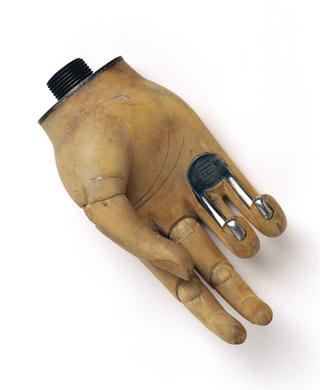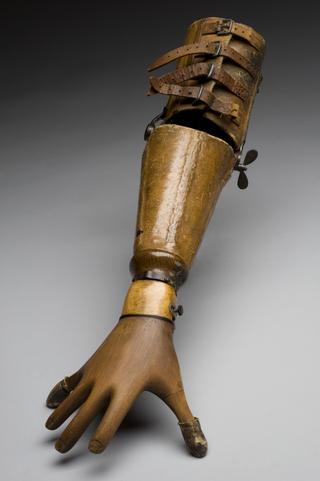
Glass plate negatives (10"x8")
- Made:
- Chard
Seven glass plate negatives (10"x8"), showing portraits of people with artificial legs fitted by Gillingham and Son of Chard, Somerset, late 19th to early 20th centuries
James Gillingham (1839-1924) initially ran an regular shoemaking business that he’d established in the town of Chard in Somerset. However, in 1866 he encountered a local man, Will Singleton, who due to an accident in the town three years earlier had lost an arm from the shoulder down. Singleton had been told by doctors that there was little that could be done for him, but keen to put his craftsmanship to test, Gillingham offered to make the man a new arm for free. The leather-based limb he built proved to be of great assistance and as a result Gillingham soon began producing a variety of artificial limbs. Using a process that allowed him to closely mould a leather socket to the client’s remaining stump before it was hardened, Gillingham’s limbs gained a good reputation for comfort and function. Many of his patients were photographed with their new appliances and subsequently featured in the company’s publicity materials.
Following James Gillingham’s death in 1924, his son Sidney and later his grandson, Geoffrey, retained a family connection with the business until 1950 when it passed into other hands. The firm finally closed during the 1960s.
